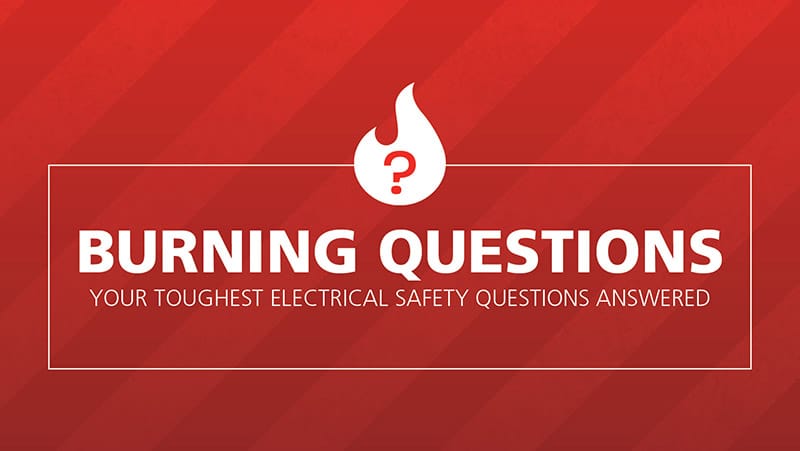Q: Is an arc flash study necessary or not?
A: There are several key areas as to why arc flash hazards MUST be identified at a facility.
Arc Flash Study Requirements According to OSHA
While OSHA 1910 Subpart S does not specifically address identifying arc flash hazards at a facility, this is actually the intent of OSHA. They do this because the OSHA standards are not updated on a regular basis, which is something that can hinder the efforts to improve safety. Thus, they rely on industry consensus standards which are updated on a more regular basis, such as NFPA 70E, to identify hazards of specific electrical systems.
These are enforced through the general duty clause [CFR 29, Section 5(a)(1)], which states the following:
Each employer shall furnish to each of his employees employment and a place of employment which are free from recognized hazards that are causing or are likely to cause death or serious physical harm to his employees….
Arc Flash Study Requirements According to the NFPA 70E Standards
NFPA 70E, acknowledged as industry standard for electrical safety, identifies both shock and arc flash as life threatening hazards.
This means that when qualified personnel interact with a piece of equipment, they need to be able to identify the extent and severity of the hazard [Article 110.1(H)(1)(1)]. Then they may implement the appropriate risk controls to address the hazard [Article 110.1(H)(1)(3)].
In order to determine the severity of the arc flash hazard, an arc flash study needs to be performed.
Let’s look at what Article 130.5(H) says:
Equipment Labeling. Electrical equipment such as switchboards, panelboards, industrial control panels, meter socket enclosures, and motor control centers that are in other than dwelling units and that are likely to require examination, adjustment, servicing, or maintenance while energized shall be field marked with a label containing all the following information:
- Nominal system voltage
- Arc flash boundary
- At least one of the following:
- available incident energy and the corresponding working distance, or the arc flash PPE category…for the equipment
- minimum arc rating of clothing
- site-specific level of PPE
According to Article 130.5(H), it is the responsibility of the equipment owner to provide this information in the form of an arc flash label on the equipment.
According to Article 110.3, the host employer (aka the facility) is responsible for providing the contractor with information on “known hazards that are covered by this standard, that are related to the contract employer’s work” and “information about the employer’s installation that the contract employer needs to make the assessments required by Chapter 1.”
Electrical Generation, Transmission, and Distribution
If a site has medium or high voltage equipment (>600V), OSHA 1910.269 can also apply.
CFR 1910.269 typically regulates generation, transmission, and distribution systems. If a facility has equipment over 600V, it can fall under the purview of this standard.
How Does Cost Come Into Play?
In summary, I’m sure someone could “play lawyer” within their company and argue that they don’t need to do an arc flash study. However, the reality is that if something even minor happens, those costs are going to far exceed the costs of the study.
Speaking of the cost of an arc flash study, the price tag is really time dependent. In general, the engineer performs multiple tasks:
- Collecting data
- Building the models
- Writing the reports
The ability to visit a site once in order to do all that is more cost-efficient than having the engineer visit multiple times over a longer period of time.
Have a question about electrical safety and standards?

